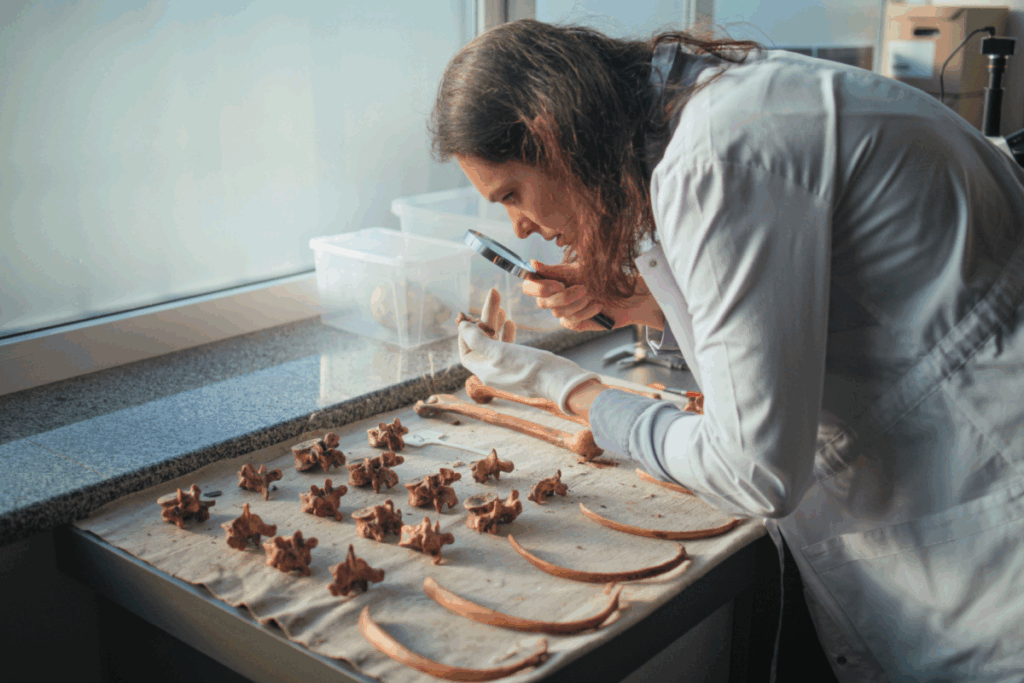A Discovery That Changes Human Evolution
Scientists have uncovered the first hand fossils of Paranthropus boisei, an extinct human relative, shedding new light on the species once known only for its skull and massive teeth. Found at Kenya’s Koobi Fora site near Lake Turkana, the fossils — including a long thumb, mobile pinkie, and broad finger bones — suggest surprising dexterity and strength. Researchers believe P. boisei may have had the ability to use stone tools, challenging long-held assumptions about early human evolution.
The bones, dated to 1.52 million years ago, were found alongside teeth and skull fragments that matched previously identified specimens. “This is the first time we can confidently link Paranthropus boisei to specific hand and foot bones,” said Carrie Mongle, lead author of the study published in Nature.
Unexpected Features and Tool Potential
The anatomy of the hand stunned scientists. Its gorilla-like fingers indicate immense strength, yet its proportions resemble early Homo species known for tool use. “It is clearly the hand of a human ancestor, but also has features that are remarkably similar to gorillas,” said Tracy Kivell of the Max Planck Institute. The structure would have allowed a strong grip — perfect for pounding or tearing plant fibers — while maintaining mobility for precise manipulation.
While researchers stop short of declaring P. boisei a toolmaker, they note nothing in its anatomy would have prevented it from doing so. Stone tools dating back 2.9 million years, found elsewhere in Kenya, suggest that tool use was more widespread among early hominins than once thought.
Walking Upright, Grasping Like a Climber
The study also revealed clues about the species’ lifestyle. Although P. boisei had powerful hands suited for gripping and processing tough vegetation, its feet showed clear adaptations for walking upright. Its arched structure allowed for efficient bipedal movement, meaning the species lived primarily on the ground rather than in trees.
This mix of traits indicates that P. boisei was well adapted to both survival and resource processing in its East African environment. Its strong hands may have helped strip plants or roots, while its legs supported long-distance travel in search of food.
Revisiting the Leakey Legacy
The discovery connects directly to one of the most famous families in paleoanthropology. Louise Leakey, who led the excavation between 2019 and 2021, is the granddaughter of Louis and Mary Leakey — the team that first discovered P. boisei in Tanzania in the 1950s. Known then as “Nutcracker Man” for its enormous molars, the species was believed to crack hard foods, though newer evidence shows it likely chewed fibrous roots and tubers instead.
The fossils were recovered from sediment layers just above a trackway of hominin footprints attributed to both P. boisei and Homo erectus. These findings suggest the two species may have coexisted peacefully, occupying different ecological roles rather than competing.
The study broadens scientists’ understanding of how early human relatives lived and interacted — and how complex the path to modern humans truly was. As Mongle noted, “These fossils show that Paranthropus was not as primitive as we once thought. It had the tools — literally — to shape its own environment.”


